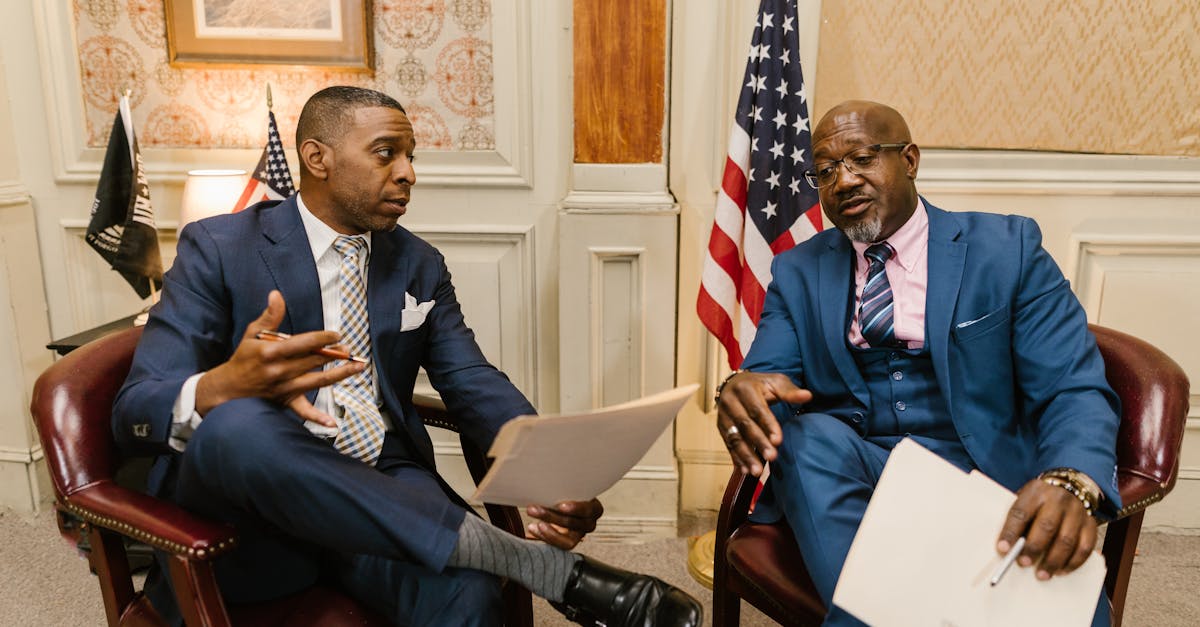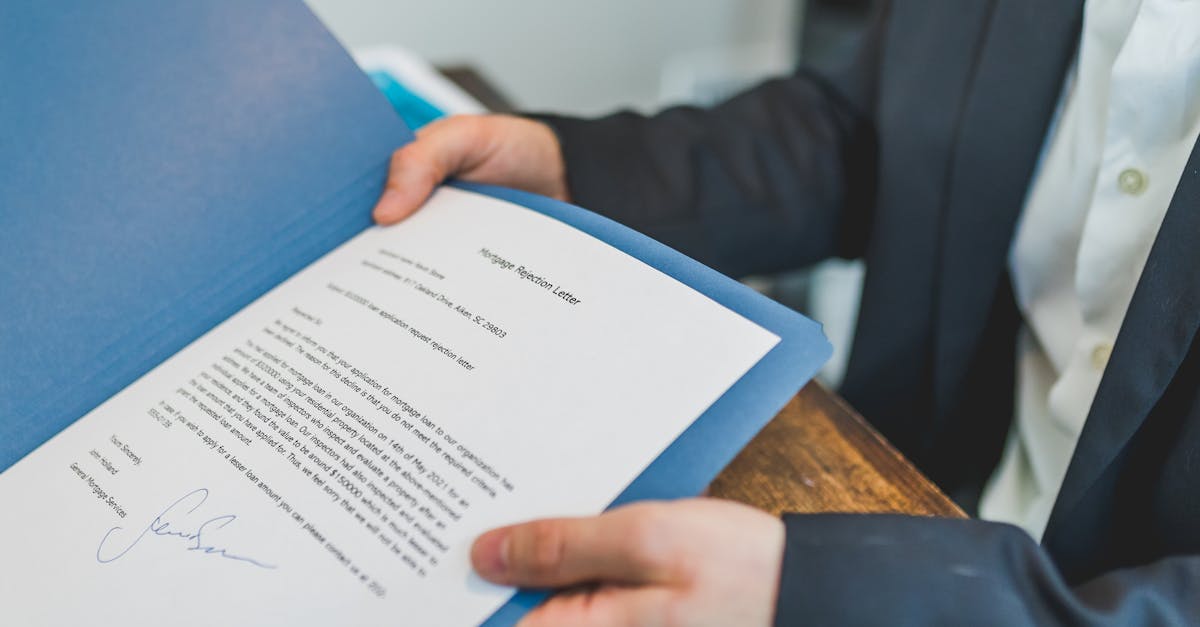
Differences Between Contract Drafting and Contract Negotiation
Contract drafting and negotiation are integral components of the contract creation process. While both activities are essential for executing a legally binding agreement, they serve distinct purposes. Contract drafting entails the meticulous crafting of the terms and conditions that will govern the agreement between parties. It involves outlining the rights and obligations of each party in a clear and comprehensive manner. Conversely, contract negotiation involves the back-and-forth discussions and modifications to the terms of the contract to ensure that both parties are in agreement before finalizing the document. This phase may involve compromises, clarifications, and revisions to reach a mutually acceptable arrangement. Contract Drafting and Negotiation in business transactions are crucial for establishing a strong foundation for the subsequent business relationship.
Understanding the Sequential Process
Understanding the sequential process in Contract Drafting and Negotiation is crucial for creating effective agreements that address the interests of all parties involved. The process begins with identifying the needs and expectations of each party and outlining these clearly in the contract. This stage sets the foundation for the negotiation phase, where parties discuss and refine the terms to reach a mutually beneficial agreement.
Once the terms are agreed upon, the drafting phase commences, where the written contract is prepared with detailed clauses outlining the rights, obligations, and responsibilities of each party. This stage involves careful consideration of legal language, potential risks, and ensuring clarity to avoid misinterpretation in the future. Understanding the sequential process ensures that both the drafting and negotiation phases flow seamlessly, resulting in a comprehensive and well-defined contract that safeguards the interests of all parties involved.
Ensuring Enforceability of Contracts
For an effective contract to be enforceable, both parties involved in the Contract Drafting and Negotiation process must clearly understand their rights and obligations. Ambiguity can lead to disputes and potential legal challenges, undermining the enforceability of the contract. Therefore, it is crucial to ensure that the language used in the contract is precise and leaves no room for misinterpretation. This includes defining key terms, outlining responsibilities, and specifying the conditions under which the contract can be terminated.
Moreover, to enhance enforceability, contracts often include clauses that address potential disputes that may arise during the course of the agreement. By incorporating dispute resolution mechanisms such as mediation, arbitration, or litigation clauses, parties can establish a framework for resolving conflicts in a timely and cost-effective manner. These mechanisms not only help in enforcing the terms of the contract but also provide a roadmap for addressing disagreements without resorting to lengthy court battles.
Incorporating Dispute Resolution Mechanisms
Dispute resolution mechanisms play a crucial role in ensuring the effectiveness and enforceability of contracts. When incorporating these mechanisms, it is essential to consider the specific needs and preferences of the parties involved. Whether opting for arbitration, mediation, or litigation, the chosen mechanism should be clearly outlined within the contract to provide a structured approach for resolving any potential disputes that may arise. Clear and precise language in this section of the contract can help prevent misunderstandings and streamline the resolution process, ultimately safeguarding the interests of all parties involved.
Contract Drafting and Negotiation in the modern era often involve the inclusion of alternative dispute resolution mechanisms due to their efficiency and cost-effectiveness. By incorporating these mechanisms at the outset of contract creation, parties can proactively address potential disputes and minimize the risk of lengthy legal battles in the future. Additionally, the inclusion of dispute resolution clauses illustrates a commitment to resolving issues amicably and in a timely manner, fostering stronger relationships between parties. Effective incorporation of these mechanisms demonstrates foresight and a willingness to prioritize collaboration and mutual understanding in the contractual relationship.
Technology’s Influence on Contract Drafting
Technology plays a significant role in modernizing and streamlining the process of contract drafting and negotiation. With the advent of various software and tools specifically designed for this purpose, legal professionals can now create, review, and edit contracts more efficiently. These technological advancements have greatly enhanced the speed and accuracy of drafting contracts, ultimately leading to a more productive workflow.
Through the use of artificial intelligence and machine learning algorithms, legal practitioners can now automate certain aspects of the contract drafting process. This not only saves time but also reduces the likelihood of human error. Additionally, these technologies enable users to access a vast library of templates and clauses that can be customized to suit the specific needs of each contract. Contract Drafting and Negotiation in the digital age have been revolutionized by technological innovations, making the entire process more dynamic and responsive to the ever-changing legal landscape.
Tools for Streamlining the Process
Tools play a crucial role in expediting and optimizing the contract drafting and negotiation process. Leveraging technology can significantly enhance efficiency and accuracy in this realm. Various software solutions and platforms are available to professionals involved in Contract Drafting and Negotiation in automating tasks, organizing information, and facilitating collaboration. These tools enable parties to monitor changes, track versions, and ensure seamless communication throughout the drafting and negotiation stages.
Moreover, utilizing these streamlined tools can assist in reducing errors and inconsistencies in contracts. By centralizing all contract-related activities and documents, individuals engaging in Contract Drafting and Negotiation in can swiftly access crucial information, amend clauses efficiently, and share updates promptly. This simplification of workflows not only saves time but also enhances the overall quality of the contracts produced.
FAQS
What is contract drafting?
Contract drafting is the process of creating a legally binding document that outlines the terms and conditions of an agreement between two or more parties.
What is contract negotiation?
Contract negotiation is the process of discussing, revising, and finalizing the terms of a contract to ensure that all parties involved are in agreement before signing the document.
What are the key differences between contract drafting and contract negotiation?
Contract drafting involves putting the terms of the agreement into writing, while contract negotiation focuses on reaching a consensus on those terms through discussions and revisions.
How important is it to ensure the enforceability of contracts?
Ensuring the enforceability of contracts is crucial as it determines the legal validity and binding nature of the agreement, which can help protect the interests of all parties involved in case of disputes.
How can dispute resolution mechanisms be incorporated into contracts?
Dispute resolution mechanisms, such as arbitration or mediation clauses, can be included in contracts to provide a structured way for parties to resolve disagreements outside of court, thereby avoiding costly and time-consuming litigation.






